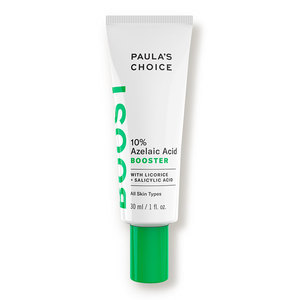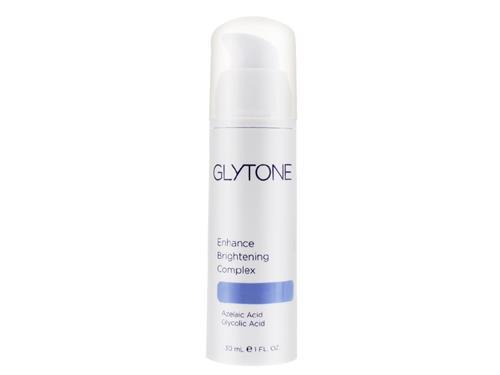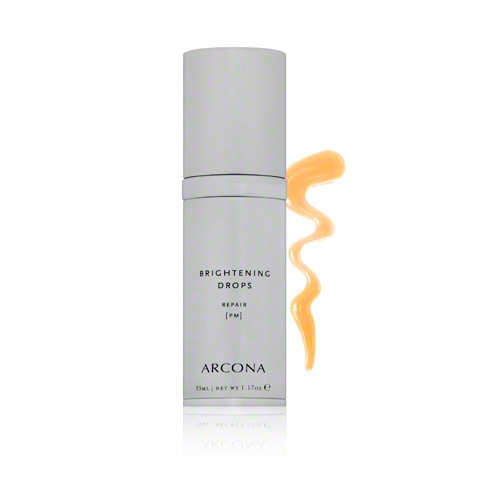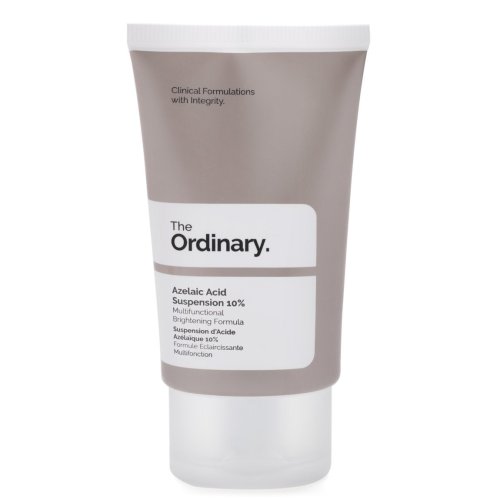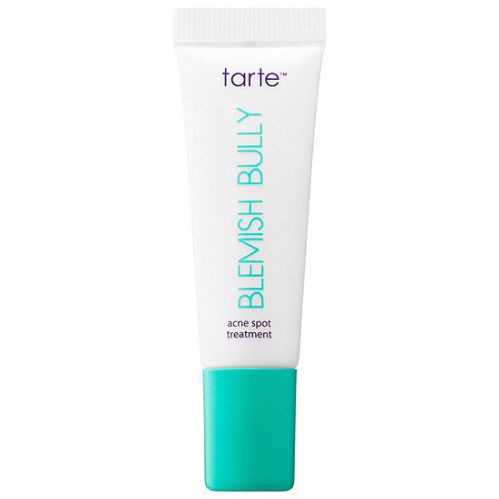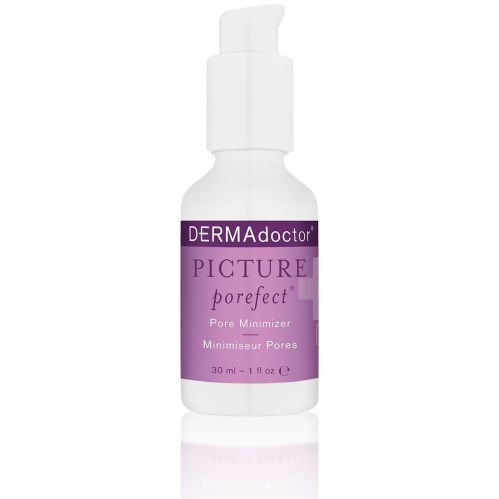Found! the Ingredient That Targets Acne and Dark Spots in Equal Measure
It wasn't until very recently, however, that I stumbled upon another all-star acne-fighter: azelaic acid. "Azelaic acid is a prescription medication used to treat mild to moderate acne and rosacea," explains Shari Sperling, MD, a board-certified dermatologist. But it's not just something you need to get an Rx for—beauty shelves have been filling up with over-the-counter products touting the ingredient, too.
That's because its benefits include more than just fighting acne: "It treats acne, but also rosacea, and can be used to treat pigmentation from acne in darker skin tones," says Dr. Spelling, adding that it's really great at reducing inflammation. "If you suffer from facial redness and acne, azelaic acid could benefit you because this acid soothes irritated skin," says Joyce Imahiyerobo-Ip, MD, a board-certified dermatologist, echoing that it's effective for hyperpigmentation and also that it functions like an antioxidant.
Since it's effective at combatting inflammation, it's useful for all almost all skin types. "Azelaic acid can be used in most skin types because of its anti-inflammatory properties," says Dr. Imahiyerobo-Ip. "It's also perfectly safe to be used during pregnancy. Dermatologists love this medication as a first line for acne and melasma that are common during pregnancies, too." That said, she adds that if you've got extremely sensitive skin, it could be harder to tolerate—so start off with a pea-sized amount once a day or every other day.
{{post.sponsorText}}
On the acne-fighting front, it works on multiple levels. "It improves acne by decreasing the inflammation associated with cystic acne, and by eradicating P.acne's bacteria," she says. "It also gently exfoliates the skin, which helps improve whiteheads and blackheads." Because it's strong though, Dr. Sperling says to mix it with another product when your skin's getting used to it. "It can burn a little when applied, but it will subside within a few days of using it," she says. "Mix it with moisturizer to reduce the stinging sensation if needed." And, as with the majority of acne-busters, it can take six to 12 weeks of regular use to really see improvement in your skin issue.
Ready to slather it on? Keep scrolling for the top azelaic acid products on the shelves right now.
To also help with those zits, here's how to read your face to decipher the root cause of a breakout. And this is everything you need to know about hormonal acne.
Loading More Posts...
